Watching Over the Lights
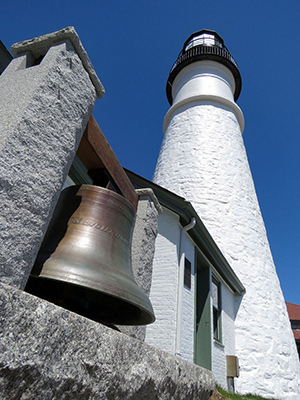
(Photo by Bob Trapani, Jr.)
We just celebrated the 231st anniversary of our nation’s Lighthouse Service on August 7th – and what a storied history it is. The rich traditions and legacies that have come to embody “keeping a good light” for two-plus centuries along our waterways are nothing short of amazing.
At the outset of 1789, the country’s journey to creating a lighthouse / aids to navigation system was a winding road with many mixed results. Through perseverance and an unwavering commitment to improving the system’s deficiencies during the middle 1800s (both administratively and operationally), the goal was achieved, and in the process, untold lives were saved at sea and ships/cargoes preserved. This first-rate aids to navigation system, one that has long been considered to be the finest in the world, helped pave the way for America’s economic growth in the late 1800s and early 1900s.
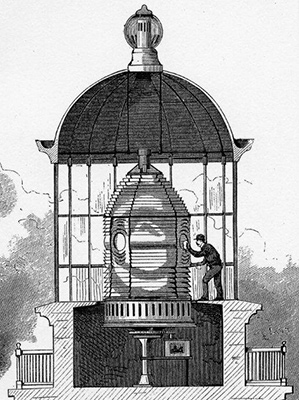
(U.S. Lighthouse Society image)
Through the years, Congress would periodically change the organization tasked with the responsibility for maintaining America’s aids to navigation system, but once the standard of excellence was forged by the U.S. Lighthouse Board in the second half of the nineteenth century, it was expected that those who followed would maintain or exceed this lofty standard.
The successor to the U.S. Lighthouse Board – the United States Lighthouse Service, followed by the United States Coast Guard, have done just that!
Did you know — looking back over this illustrious history, the U.S. Coast Guard has been the longest tenured organization in charge of America’s lighthouse/aids to navigation system? For eighty-one (81) years and counting, the Coast Guard has safeguarded mariners and ensured that our nation’s guiding lights have kept pace with state-of-the-art technologies.
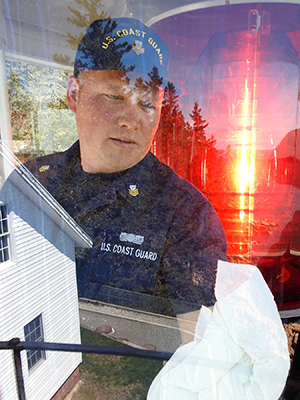
(Photo by Bob Trapani, Jr.)
When a mariner or landlubber sees a lighthouse “winking & blinking” at night – or hears a foghorn bellowing out its audible warning through a shroud of misty vapor, they can rest assure that the men and women of the United States Coast Guard are maintaining the same spirit of vigilance that the bygone keepers of the United States Lighthouse Establishment and the United States Lighthouse Service were renowned for prior. Hats off to the U.S. Coast Guard!
Organization & Years in Charge of America’s Aids to Navigation:
81 years…Lighthouses under the United States Coast Guard (1939 to present)
58 years…U.S. Lighthouse Establishment under the U.S. Lighthouse Board (1852 to 1910)
32 years…U.S. Lighthouse Establishment under the Fifth Auditor of the Treasury (1820 to 1852)
31 years…U.S. Lighthouse Establishment under the Treasury Department and Commissioner of Revenue (1789 to 1820)
29 years…U.S. Lighthouse Service under the Bureau of Lighthouses (1910 to 1939)
A recap in chronological order is below…
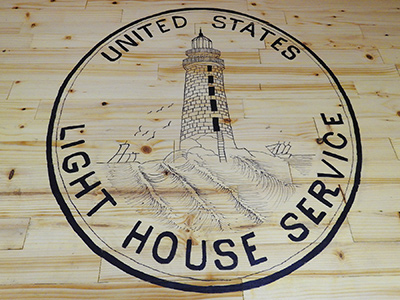
(Photo by Bob Trapani, Jr.)
1789 to 1820 – For the first thirty-one years following the passage of the Ninth Act of the First Congress (at the time authorizing the twelve existing lighthouses and other aids to navigation to be transferred from State to Federal oversight), the U.S. Lighthouse Establishment moved back and forth from the Treasury Department and the Commissioner of Revenue. During this time period the number of lighthouses increased from twelve to fifty-five.
1820 to 1852 – On July 1, 1820, Congress authorized the Treasury Department to once again assume responsibility over the U.S. Lighthouse Establishment – a duty that was given to the Fifth Auditor of the Treasury, Stephen Pleasonton. The Fifth Auditor remained in control of America’s lighthouses for thirty-two years, and during his watch, the number of lighthouses increased to 325.
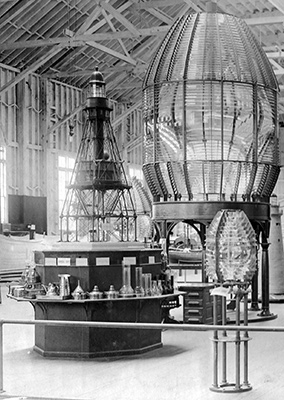
(U.S. Coast Guard photo)
1852 to 1910 – On August 31, 1852, Congress removed the responsibility for our nation’s lighthouses from the Fifth Auditor Stephen Pleasonton and subsequently delegated the oversight of the U.S. Lighthouse Establishment to the newly created U.S. Lighthouse Board. Instead of one individual being responsible for managing the system, a group of professionals in their field was given this task. The Board comprised Navy officers, U.S. Engineers, U.S. Topographical Engineers and U.S. Coast Survey members.
There was Congressional action that tried to merge the U.S. Lighthouse Board into the U.S. Navy in 1862, and then again during the period of 1882-1885, but these attempts failed. The U.S. Lighthouse Board was eventually transferred from the Treasury Department to the Commerce Department on May 14, 1903. In all, the U.S. Lighthouse Board, which transformed America’s lighthouse system from an inferior one to the finest in the world, was in control for a period of fifty-eight years.
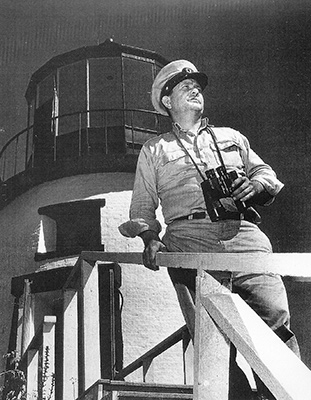
(Photo courtesy of Marla Rogers)
1910 to 1939 – In June 1910, Congress authorized the U.S. Lighthouse Establishment to be reorganized once again – passing from the U.S. Lighthouse Board to the newly created Bureau of Lighthouses, which was led by its legendary Commissioner, George R. Putnam for the first twenty-five years of the organization’s existence. The U.S. Lighthouse Establishment name gave way to the United States Lighthouse Service. The move also authorized civilian personnel to manage the lighthouse system rather than military personnel.
During this time, Commissioner Putnam – and later his successor, Harold D. King, introduced much in the way of technology (the latest advancements in light and fog signal apparatus, the revolutionary radiobeacon and automated equipment). When Commissioner Putnam retired in 1935, Commissioner King assumed the reigns of the Lighthouse Service until it was merged into the U.S. Coast Guard in 1939. In all, the Bureau of Lighthouses was in charge of America’s lights and other aids to navigation for twenty-nine years.
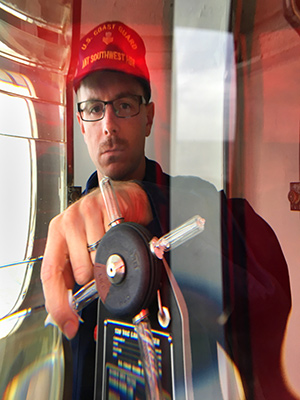
(Photo by Bob Trapani, Jr.)
1939 to Present – President Franklin D. Roosevelt’s Reorganization Plan II authorized the merging of the Bureau of Lighthouses into the United States Coast Guard – a move that became official on July 7, 1939 when the U.S. Lighthouse Service ceased to exist. This plan transferred civilian control of the aids to navigation system to the military at a time just prior to America entering into World War II. At the time, former Lighthouse Service personnel were given the opportunity to remain a civilian or enlist in the U.S. Coast Guard.
During the 1960s the Coast Guard carried out a modernization program at our nation’s lighthouses, and eventually developed a plan that would automate all lighthouses by the 200th Anniversary of the Lighthouse Service in August 1989. In the early 1970s, a new concept was created – Aids to Navigation Teams. The units were designed to more efficiently ensure lighthouses were kept watching properly (as well as minor lights, daybeacons and smaller buoys). The lighthouse keeper essentially gave way to the keepers of the lights, but through it all, America’s lighthouses have not missed a beat when it comes to their effective service to mariners.
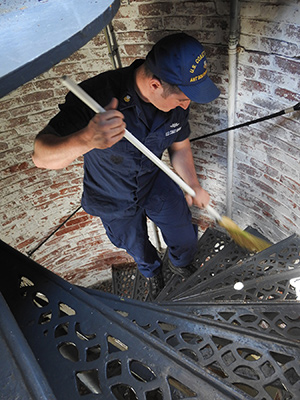
(Photo by Bob Trapani, Jr.)
Today the USCG deploys a wide range of equipment and technology to ensure that lighthouses remain steadfastly effective and efficient. From legacy beacons to cutting-edge light emitting diode technology powered by solar energy, the lights continue to send guiding gleams seaward each and every night. As for organizational structure, the U.S. Coast Guard moved from the Treasury Department to the Department of Transportation in 1967, and later was transferred to the Department of Homeland Security in 2003. In all, the U.S. Coast Guard has been in charge of our nation’s lighthouse system for eighty-one years and counting!
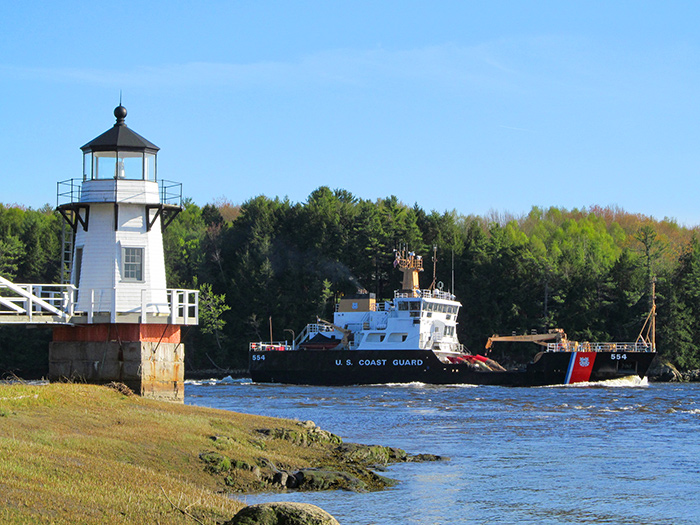
Thanks for this fine history about who the light keepers were on Maine lighthouses throughout the years.